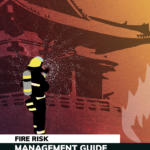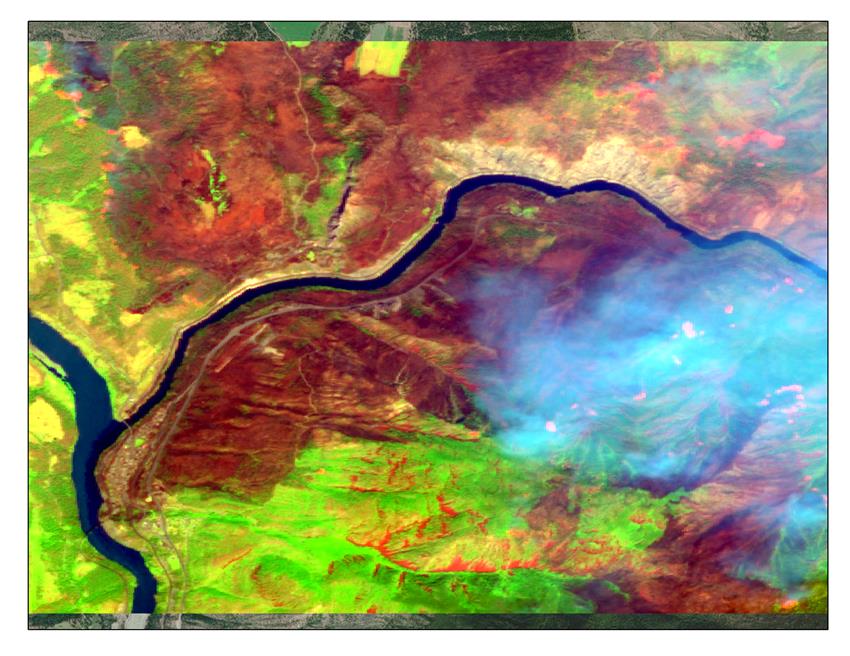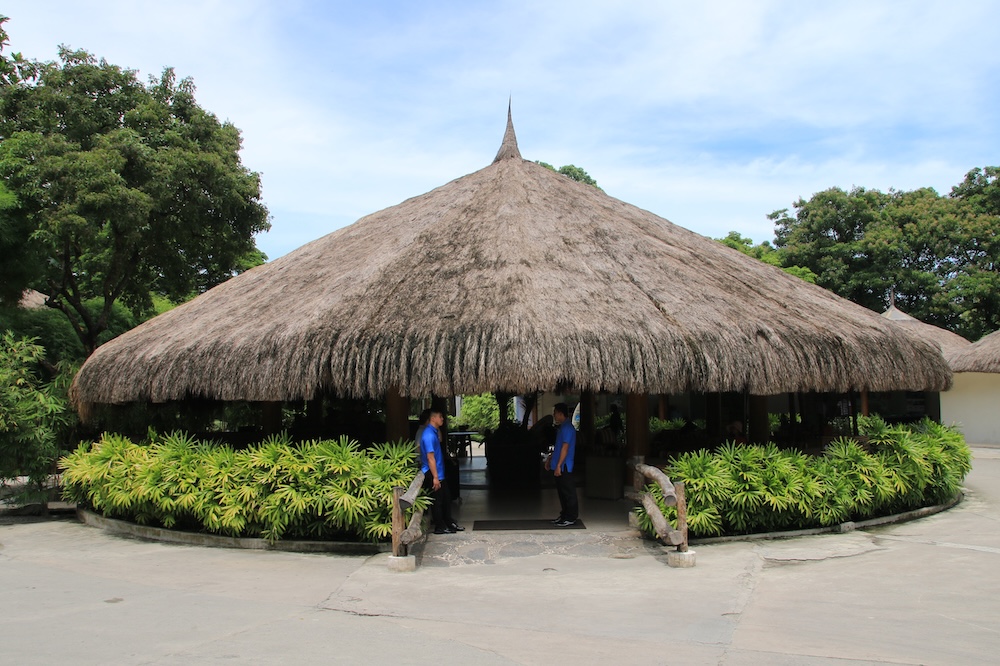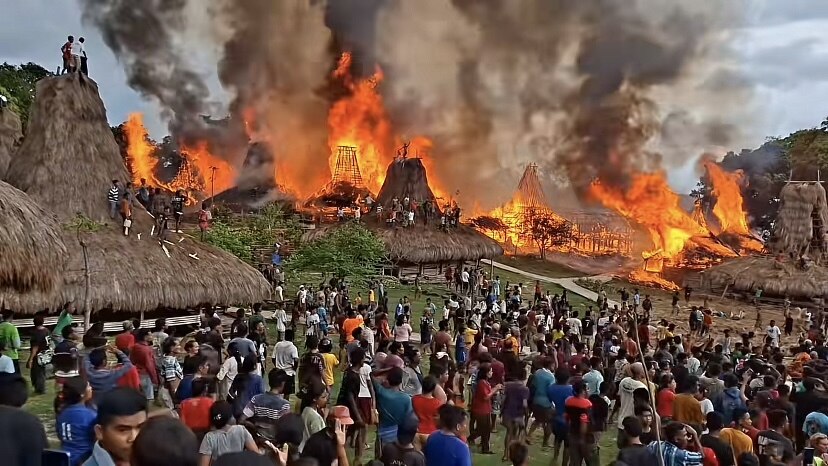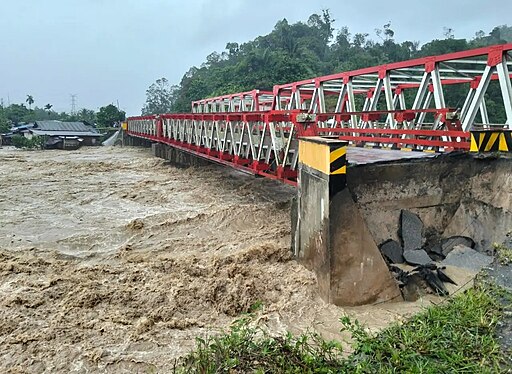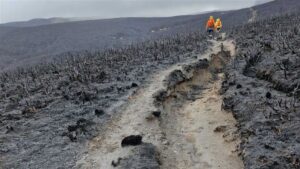New UNESCO Guide: Protecting Cultural and Natural Heritage from Fire
Fires are among the most serious and destructive threats to the world’s cultural and natural heritage. From iconic monuments such as Notre Dame Cathedral in Paris to vast landscapes like Rapa Nui National Park in Chile, recent decades have shown how quickly centuries of history, identity, and biodiversity can be lost in a matter of hours. Climate change, urban expansion, and human activity have only intensified these risks, leading to more frequent and devastating structure fires and wildfires worldwide.
Recognizing these challenges, UNESCO has developed the Fire Risk Management Guide (2024) Protecting Cultural and Natural Heritage from Fire (2024). This Guide is the first global reference designed specifically to strengthen the capacity of site managers, communities, and policymakers to anticipate, reduce, and respond to fire risks. It combines technical fire safety expertise with traditional ecological knowledge and community practices, offering a holistic approach to safeguarding heritage while enhancing resilience against disasters.
The UNESCO Guide is a practical manual designed to help heritage site managers, policymakers, emergency responders, and communities understand, prevent, and respond to fire risks threatening cultural and natural heritage worldwide. The Guide is structured to:
- Explain fire risks — differentiating between controlled fires, structure fires, and wildfires, and outlining why heritage sites are particularly vulnerable.
- Draw lessons from past incidents — showing recurring causes and vulnerabilities, from electrical faults and combustible materials to lack of preparedness.
- Present fundamental findings — including the importance of awareness, community engagement, incorporating traditional and indigenous knowledge, developing tailored Fire Risk Management Plans (FRMPs), and coordinating with emergency responders.
- Provide a step-by-step methodology for developing FRMPs — covering risk identification, exposure and vulnerability assessments, fire scenario development, evaluation of risk reduction measures, and plan implementation.
- Detail practical fire risk reduction measures — such as limiting ignition sources, reducing combustible materials, compartmentation, detection and suppression systems, evacuation planning, and training.
- Address high-risk contexts — including renovation and construction periods, when fires are more likely to occur.
- Outline wildfire-specific strategies — engaging communities, leveraging traditional ecological knowledge (such as controlled burns), improving preparedness, response, and recovery, and understanding ecological impacts on land, air, and biodiversity.
- Highlight recovery and resilience — stressing the importance of “building back better” after a fire and ensuring long-term sustainability.
Overall, the Guide is not a rigid checklist but a flexible framework that provides principles, processes, and examples adaptable to diverse local contexts. Its central message is that fire risk management for heritage must combine scientific methods with traditional practices, prevention with preparedness, and global standards with local realities.
UNESCO’s offers a comprehensive framework to safeguard cultural and natural heritage from the increasing threat of fire—exacerbated by climate change, urbanization, and human activities.
The Guide emphasizes that heritage sites are highly vulnerable to both structure fires and wildfires, with devastating impacts on communities, ecosystems, and cultural identity. Yet, heritage itself—through traditional knowledge and practices—can play a vital role in reducing risks and strengthening resilience.
The UNESCO is a comprehensive framework aimed at strengthening the protection of cultural and natural heritage from the growing threat of fires. Developed with international experts in fire safety, disaster risk management, and heritage conservation, the guide was conceived in response to catastrophic incidents such as the Notre Dame Cathedral fire (2019) and the destruction of the National Museum of Brazil (2018). These events, along with increasing wildfire impacts in heritage landscapes, demonstrate that heritage assets are uniquely vulnerable to fire and that losses are often irreversible.
The guide stresses that fire risk is not limited to buildings and collections but extends to living heritage, natural sites, and entire cultural landscapes. Climate change, urbanization, and human activities amplify ignition hazards and exacerbate fire spread. Against this backdrop, the guide advocates for an integrated, holistic approach to risk management that spans the four phases of disaster management: prevention, preparedness, emergency response, and recovery.
A central element of the guide is the development of Fire Risk Management Plans (FRMPs). These plans are designed to be tailored to the specific characteristics of each heritage site and should address ignition sources, combustible materials, compartmentation, structural integrity, detection and alarm systems, suppression capacity, evacuation procedures, and long-term recovery. The methodology encourages risk assessments based on scenarios, balancing vulnerabilities against the capacity of available protective measures. Both active measures (such as sprinklers, water mist systems, and fire detection technologies) and passive measures (such as compartmentation, reducing fuel loads, and structural protection) are presented as critical components of fire resilience.
The guide also emphasizes the importance of community involvement and the integration of traditional ecological knowledge. It recognizes that local communities possess long-standing expertise in managing fire and land use, which can provide sustainable, culturally appropriate risk reduction strategies. This participatory approach is coupled with a call for closer collaboration with emergency responders, ensuring that site-specific challenges are well understood before an incident occurs.
Another significant dimension of the guide is its attention to special conditions, particularly during renovation and construction works, when heritage sites are highly vulnerable to fire. Case studies and examples highlight the need for additional precautions during such periods, as temporary works frequently introduce new ignition sources and combustible materials.
Finally, the guide situates its recommendations within the broader context of international fire safety and disaster management standards, referencing NFPA, ISO, SFPE, and others, while acknowledging the need for site-specific adaptation. It does not present itself as prescriptive or exhaustive but rather as a reference framework intended to inspire tailored, risk-informed solutions.
In sum, the Fire Risk Management Guide offers a holistic vision that combines modern fire safety engineering with heritage-sensitive practices, community participation, and long-term resilience building. Its ambition is to ensure that cultural and natural heritage can be safeguarded against increasing fire risks without compromising authenticity or cultural values.
Conclusion
The UNESCO Fire Risk Management Guide (2024) is an important step forward in addressing one of the most pressing threats to cultural heritage. Its holistic and inclusive framework will be valuable to heritage managers worldwide. However, its treatment of risks and vulnerabilities, emphasis on active suppression, and limited attention to human and contextual factors represent notable weaknesses. A more balanced, context-sensitive approach would strengthen its applicability and ensure that the guide better reflects the realities of heritage fire safety management.
